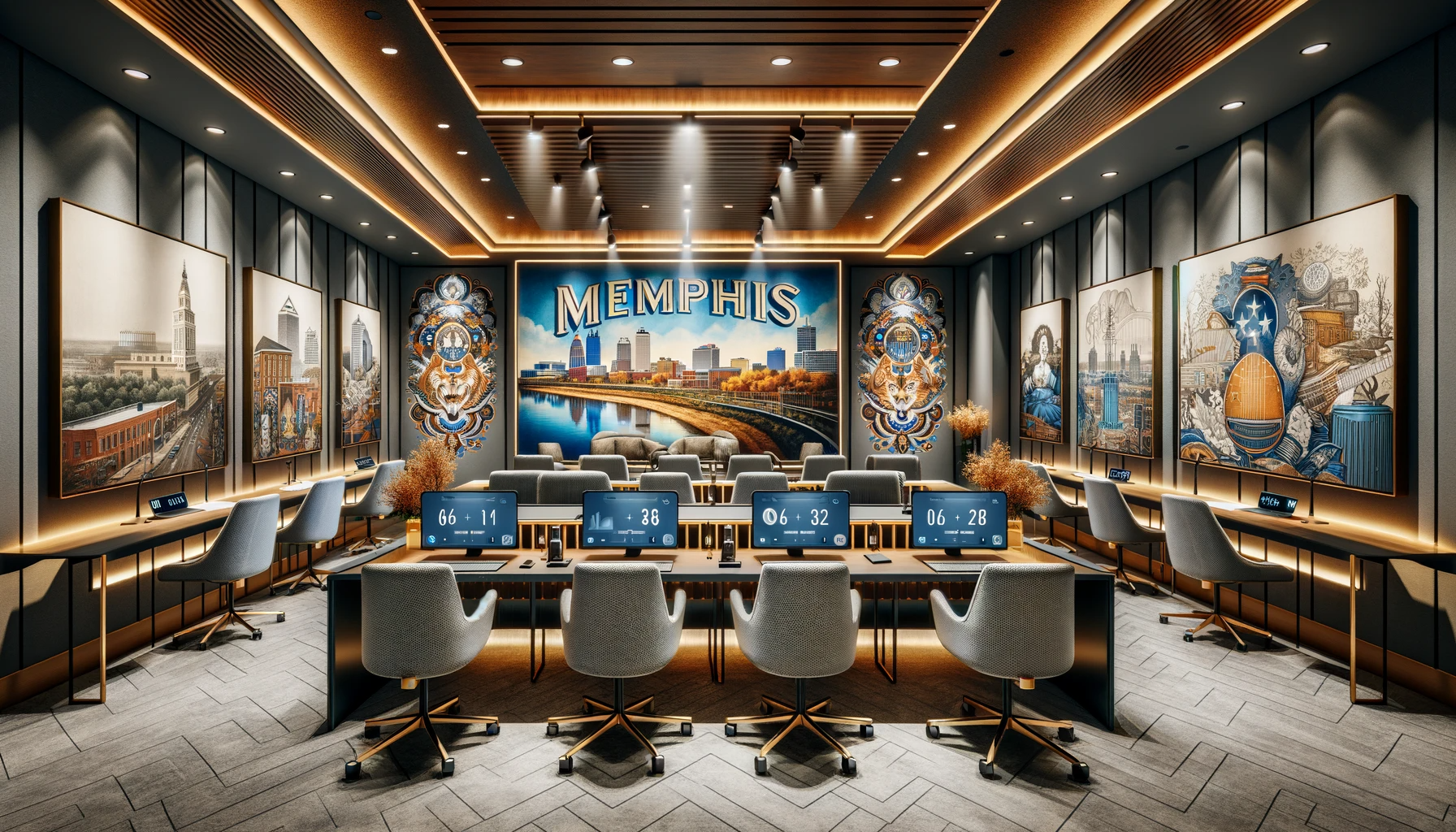How Offsite Meeting Spaces are Evolving Post-Pandemic

Adapting to Change: The Evolution of Workspaces in the New Normal
The COVID-19 pandemic dramatically altered the landscape of work and collaboration, bringing to the fore the need for adaptable and safe meeting environments. As we emerge into a post-pandemic world, the evolution of offsite meeting spaces is a testament to our resilience and capacity for innovation. This article delves into the ways in which these spaces have transformed, catering to the new demands of businesses and professionals.
Embracing Flexibility and Technology
The most striking change in offsite meeting spaces is their increased flexibility. The traditional, rigid conference room setup has given way to more dynamic layouts. Spaces now feature movable furniture, allowing for configurations that respect social distancing norms while also facilitating collaboration.
Advanced technology integration is another key aspect. High-quality video conferencing equipment is now a staple, ensuring seamless connectivity for hybrid meetings. These spaces are equipped with faster internet, better audio-visual systems, and tools that support various digital platforms, making remote participation as effective as being physically present.
Health and Safety First
Health and safety considerations are at the forefront of the redesign of these spaces. Air purification systems, frequent sanitization, and contactless technology are now standard. The emphasis is on creating an environment that not only complies with health guidelines but also instills confidence in its users.
Aesthetic and Environmental Considerations
Aesthetically, there’s a shift towards creating more welcoming and comfortable environments. Incorporating elements of nature, such as indoor plants and natural lighting, these spaces are designed to boost productivity and well-being. The use of sustainable materials and energy-efficient designs reflects a growing consciousness towards environmental impact.
The Future of Offsite Meetings
Looking ahead, the future of offsite meeting spaces seems to be intertwined with digital advancement and sustainability. We can expect further integration of cutting-edge technology, like augmented reality for more immersive meeting experiences, and a continued focus on eco-friendly practices.
As we adapt to this new era of work, the evolution of offsite meeting spaces stands as a beacon of innovation and adaptability. By embracing change and prioritizing safety, flexibility, and sustainability, these spaces are not just responding to the present; they are shaping the future of collaboration.






